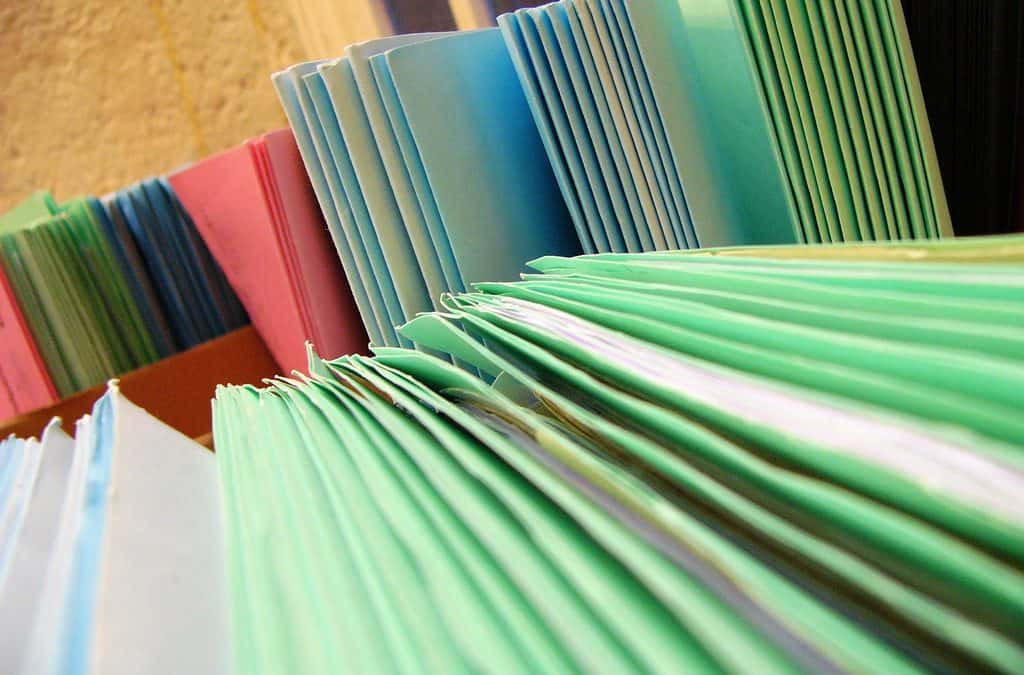The Daily Mail today republished a story (under the headline above) about a man in Norwich, that appeared in the Eastern Daily Press yesterday. The original piece is credited to Jessica Long but the Mail version is by the Press Association.
The story refers rather vaguely to a research report by ‘academics at Cardiff University’s School of Law and Politics’. The research meant is an evaluation of the President’s transparency guidance, a project funded by the Nuffield Foundation, which has been featured by The Transparency Project here. The references in the press stories to the content of the report are broadly accurate.
However, much else in the story is wrong. The father who is complaining here could have applied to the ‘numberous’ (literally as spelt in the Mail) judges at the time, for anonymised copies of judgments delivered since the guidance came in (February 2014) to be sent for publication at Bailii. This is allowed under paragraph 18 of the guidance. The judge would then have been obliged to reach a reasoned conclusion as to whether (or not) the balance fell in favour of publication, in the public interest. The father would have been expected to pay any transcription costs. There doesn’t appear to be any time limit on making an application under paragraph 18, but the judgments or recordings would now need to be found, other parties consulted and a fee would presumably be payable as this would be a new application.
We recognise that this father probably didn’t know of his right to make such application at the time. One of the recommendations in the Cardiff report was that parties to cases should be provided with full, up-to-date information by the court about what might be published and what they can do about it. There is currently no Court Service leaflet or other authoritative source of this important information for court users. The Transparency Project firmly agree with that Cardiff recommendation.
If the father was not aware that he could apply in this way, the judges would have considered publication themselves only if (1) they themselves thought sending the anonymised judgment to Bailii would be in the public interest or (2) the judgments came within a specific category set out in the guidance. From the press coverage, we do not think this case does come within those categories – unless some hearings took place to make a finding of fact about any allegations of harm (such as risks to the child’s safety). There’s insufficient information to suggest, as the Mail does, that the judgments ‘should’ have been published from this particular father’s case decisions since we can’t assume they were even subject to the guidance on publication. If he has been litigating for ten years, some will be too old to be subject to the guidance. Another unknown is how many judgments were delivered by circuit judges, because district judges and magistrates are not subject to the guidance.
The story also wrongly suggests that the President can personally review cases from the lower courts. This is explained by the Lord Chief Justice here (para 45 on p 15). Cases can be reviewed only if there is an appeal to a higher court (and an appeal would not be relevant until an application for publication had actually been made). The President has no power to interfere with decisions made by other judges. Neither does he have any power to make a judge publish any judgments at all, as is clear from the research.
It is unfortunate that this father, having apparently spent so much money on lawyers’ fees, hasn’t gone back to those legal advisers for advice about publication, in preference to going to the press with a wholly unrealistic demand.
Image: dossier by Frederick Bisson on Flickr

I have tried daily since the Mail article appeared to add a comment which i hoped might assist the discussion. However it has never appeared and today, I see that comments are closed. There are 3 comments there which all say much the same thing about the poor dad and the terrible judges. Anyway, here is mine, which the Mail deemed too offensive or dull to post:
—-
I am one of the authors of the research report referred to (Doughty, Twaite and Magrath). The research was funded by the Nuffield Foundation and you can read about it on their website or on my Cardiff University profile page. It was an evaluation of the guidance given to judges about sending anonymised copies of their family court judgments to a free site called BAILII since February 2014. The father in this case would therefore probably have been able to ask the court to publish recent judgments. In our report, one of our recommendations was that family court users should be given full, up-to-date details about what they might want (and not want) published.
However, senior judges like Sir James Munby do not have any powers to review cases, as this father has requested.